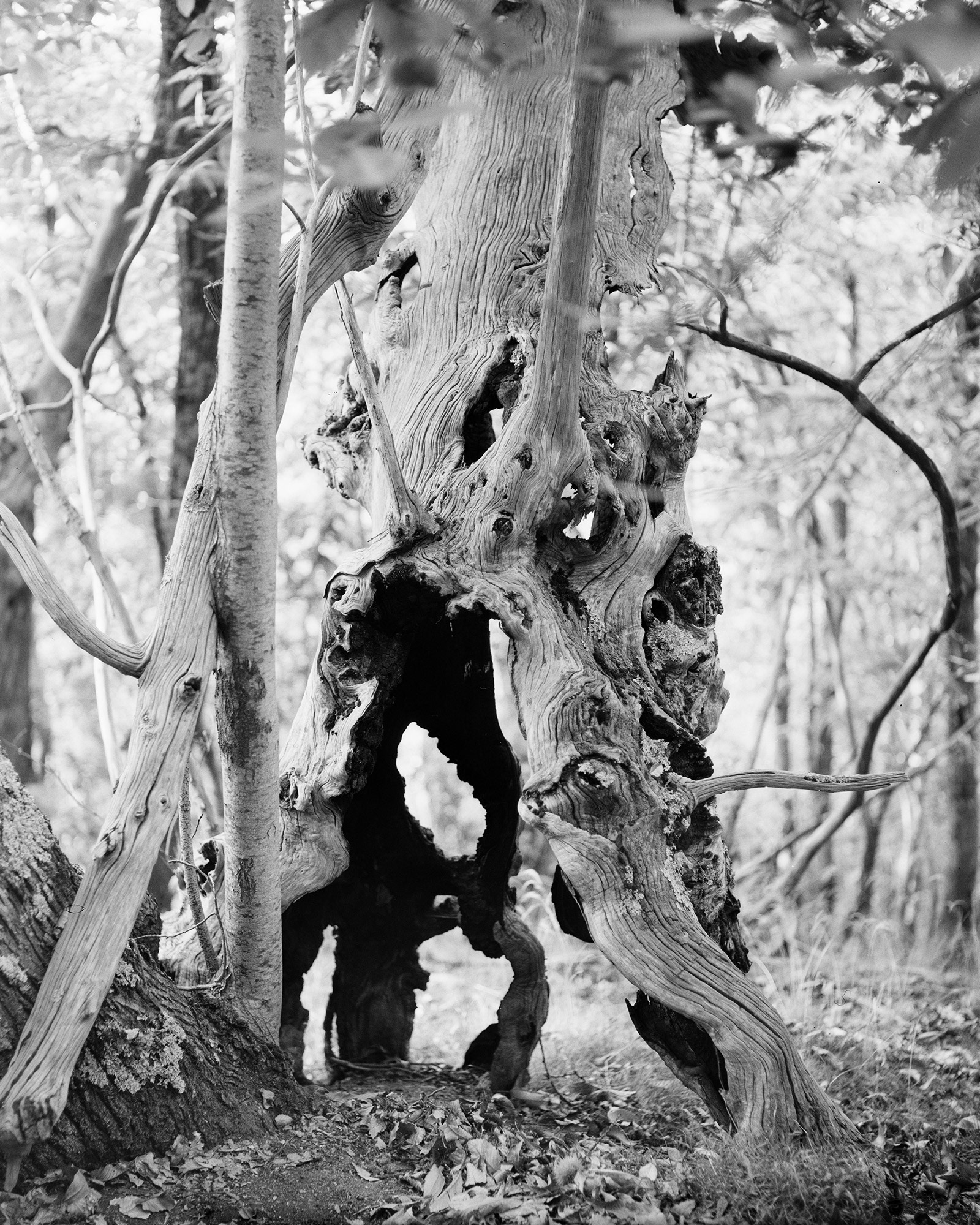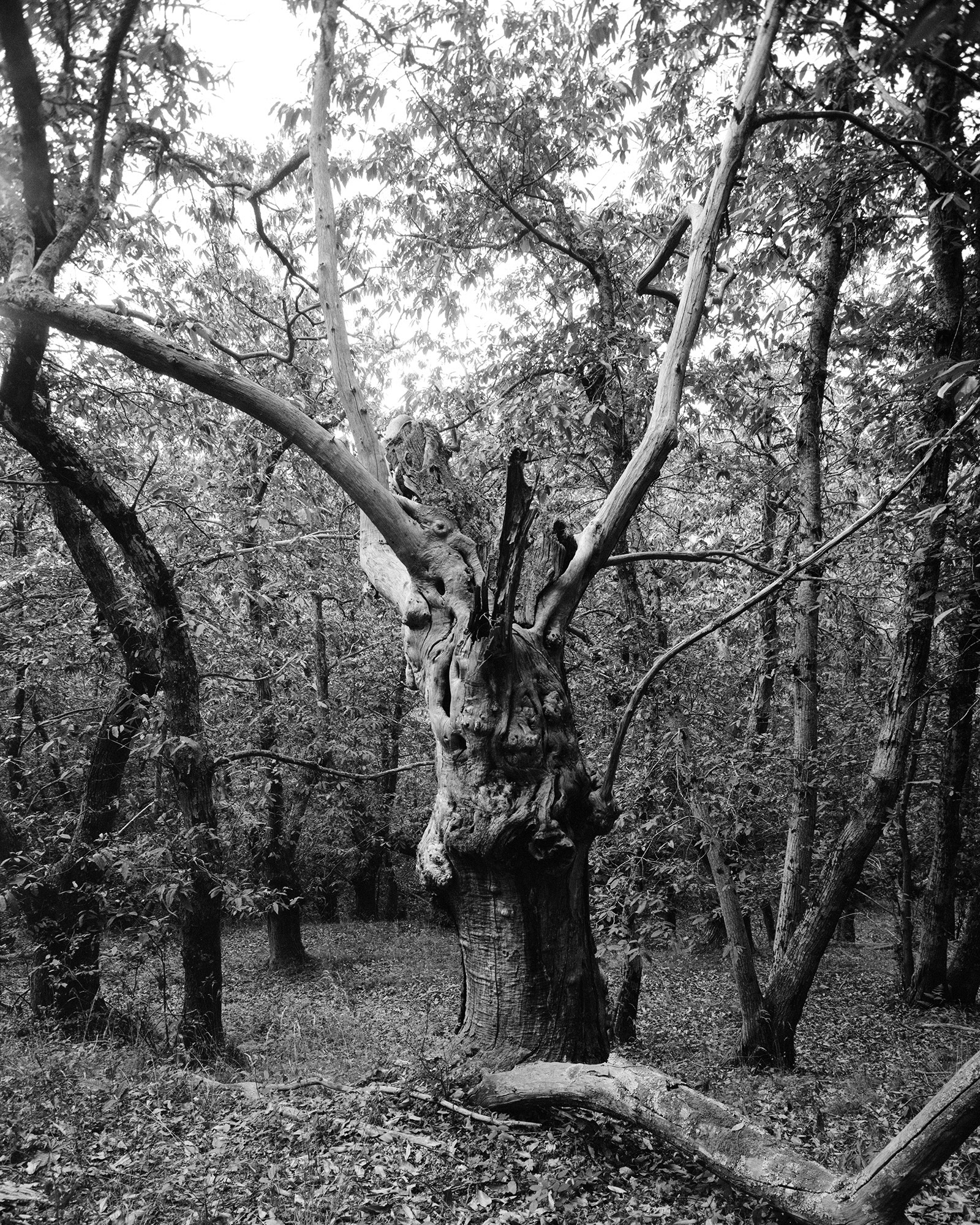In recent years, the Amazon rainforest has experienced a dramatic decline, with the loss of primary forest exceeding 30% more than it did a decade ago. This alarming trend highlights the growing threat to tropical environments, primarily due to deforestation driven by agriculture and industrial activities.
However, in Europe and Italy, the trend is the opposite of the global pattern. Since the 1950s, European forests, and particularly those in Italy, have been undergoing a process of recovery. During this period, forests began to reclaim land that had once been cleared for agriculture, pastures, and rural settlements. The gradual abandonment of agricultural land and mountain villages facilitated natural reforestation. Alongside this spontaneous process, human intervention through artificial reforestation programs helped to double the amount of forested land in Italy.
Today, 38% of Italy’s territory is covered by forests. While in 1947 Italy had about 5.6 million hectares of forest, by 2015 the national forest inventory recorded 11.1 million hectares—an impressive result in the recovery of the country’s green heritage. This increase in forested land has had a positive impact on wildlife, with many species, previously on the brink of extinction due to unchecked hunting, now beginning to recover.
Looking ahead, the real challenge will be achieving a balanced coexistence with nature, with forests and the wildlife they host. Preserving ecosystems, biodiversity, and our natural environments will no longer be an optional choice, but a necessity. Only through this will we hope to rebalance our relationship with the Earth and live in harmony with it, fostering the connection that, too often, we neglect but which is essential for our well-being and survival.













